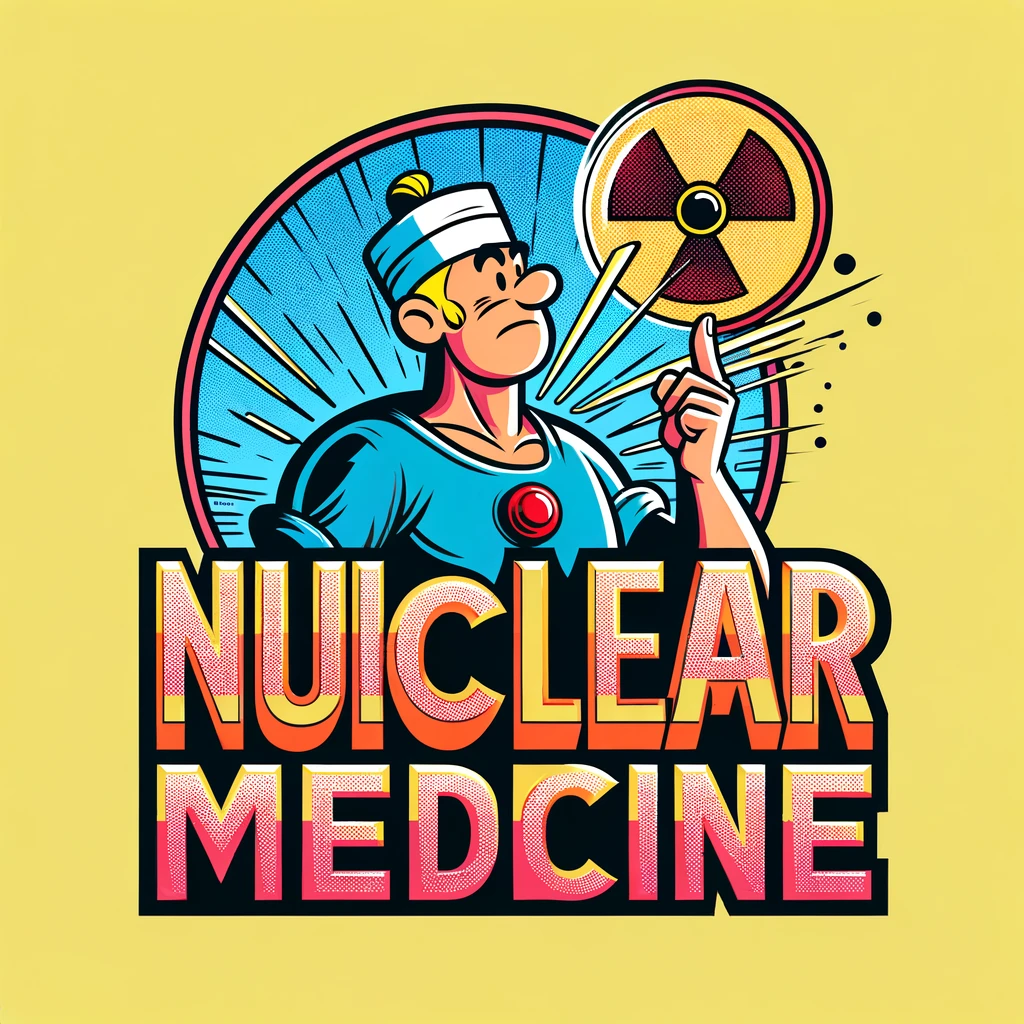Discover the cutting-edge research on the biological efficacy of radiolabeled Lipiodol® ultra-fluid and microspheres in the battle against VX2 tumors, a promising advancement in the field of nuclear medicine.
– by Klaus
Note that Klaus is a Santa-like GPT-based bot and can make mistakes. Consider checking important information (e.g. using the DOI) before completely relying on it.
Biological efficacy of simulated radiolabeled Lipiodol® ultra-fluid and microspheres for various beta emitters: study based on VX2 tumors.
Dieudonné et al., EJNMMI Res 2023
DOI: 10.1186/s13550-023-01051-9
Ho-ho-ho! Gather ’round, my curious elves, for a tale of medical marvels and tiny reindeer—well, not reindeer this time, but rabbits! In the land of therapeutic wonders, there’s a treatment for the naughty tumors in the liver, known as radioembolization. And what’s this, you ask? It’s like loading up my sleigh with magical radioactive presents, but instead of toys, we’re delivering Lipiodol® ultra-fluid and microspheres to fight off the villainous hepatocellular carcinoma.
Now, in this particular study, our sleigh—let’s call it the “Radiation Express”—was tasked with delivering these goodies to 30 New Zealand rabbits, each with a liver as snowy white as the North Pole, but with a pesky VX2 tumor lump of coal. Alas, only 23 of these furry friends had data nice enough for our list, with 14 getting a dose of Lipiodol® ultra-fluid (group L), 6 receiving microspheres (group M), and 3 just getting a pat on the back as the control group (group C).
The elves in lab coats found that the Lipiodol® ultra-fluid, much like my own even distribution of gifts, spread homogeneously in the tumor, staying put for up to 12 days post-injection. And just like how I prefer to shimmy down the chimney, the Lipiodol® ultra-fluid penetrated deeper into the tumor than the microspheres, which seemed to prefer stopping at the rooftop.
Now, let’s talk about entropy, my little helpers. It’s not just the disorder in your toy workshop; it’s also a measure of chaos in the tumor. And would you believe it, group L’s entropy was higher than group M’s, like a blizzard versus a light snowfall (4.06 vs 2.67, with a “ho-ho-holy moly” p-value of 0.01).
When it came to the effectiveness of our radioactive reindeer—err, I mean, beta emitters—the Equivalent Uniform Biological Effective Doses (EUBED) were like the number of cookies I can eat in one night: higher for group L, especially with 177Lu, which must be the gingerbread of isotopes (p = 0.03). And the ranking of these radionuclide Rudolphs, from most to least shiny-nosed, was 90Y leading the pack, followed by 188Re, 32P, 166Ho, 131I, and 177Lu bringing up the rear.
In the end, my jolly oncologists, this study showed that Lipiodol® ultra-fluid is like the best toy in Santa’s bag, getting deeper into the tumor and packing a bigger EUBED punch. And while 90Y might be the red-nosed reindeer of the group, the other isotopes are still prancing and dancing with similar results.
So, with a twinkle in my eye and a “Merry Christmas to all,” let’s keep the sleigh bells jingling for medical advancements and healthier livers for all the good boys and girls (and rabbits). Ho-ho-hope for a cure! 🎅🔬
